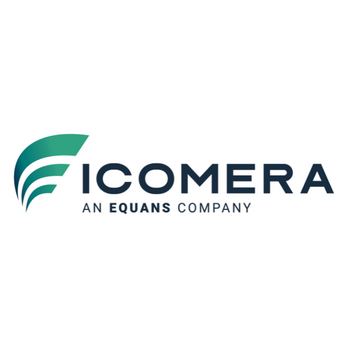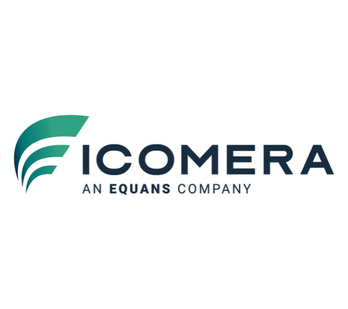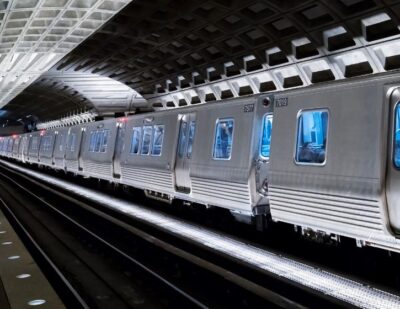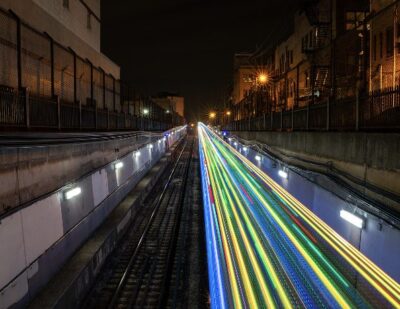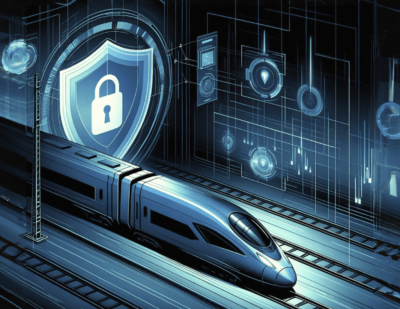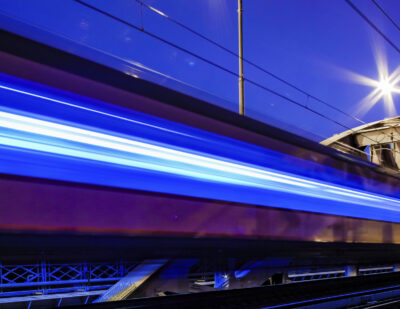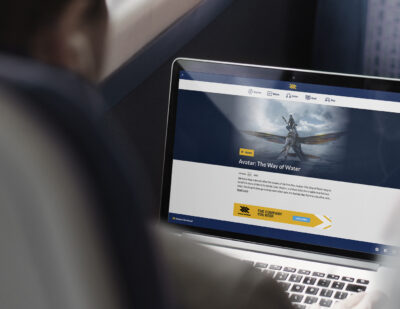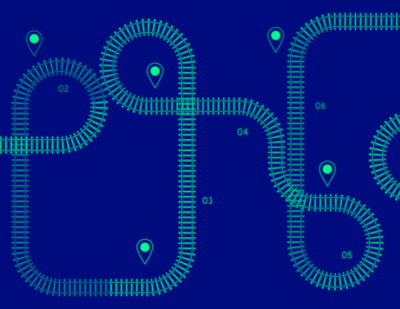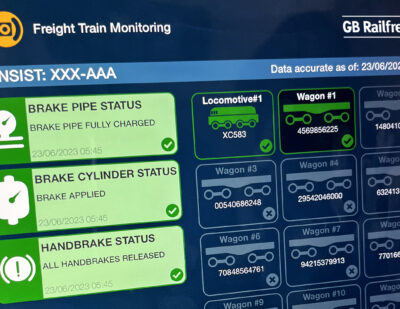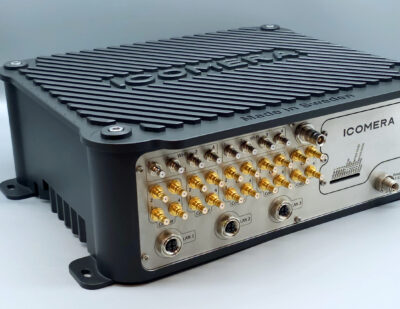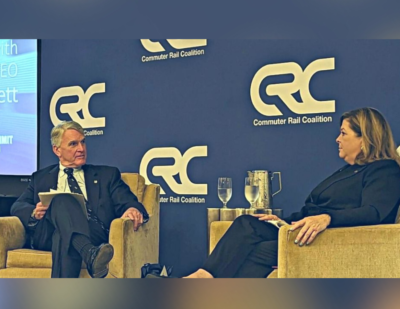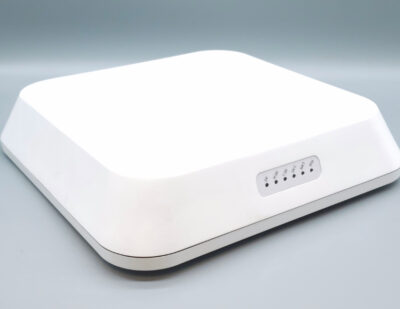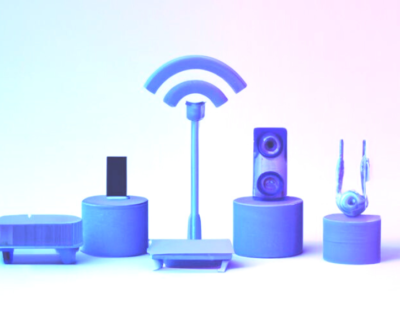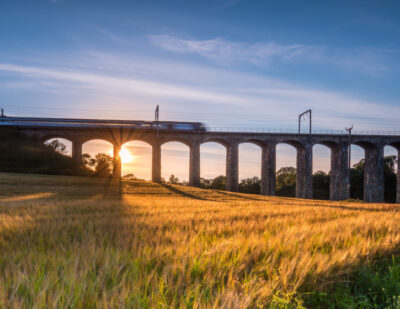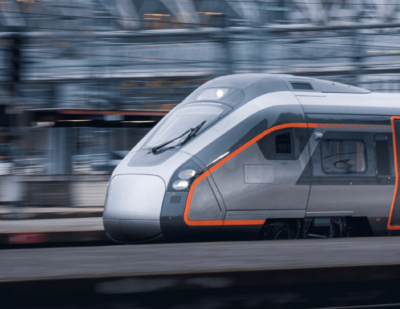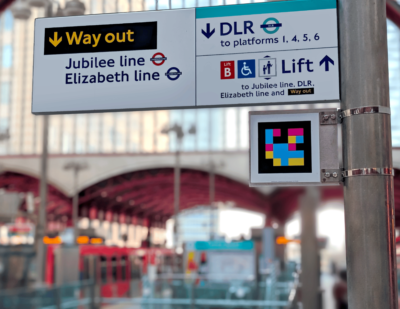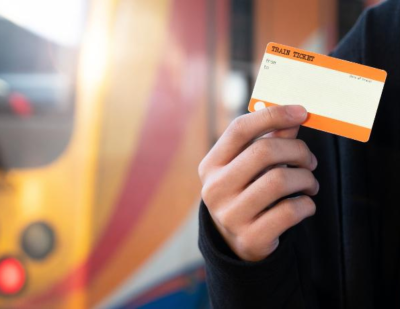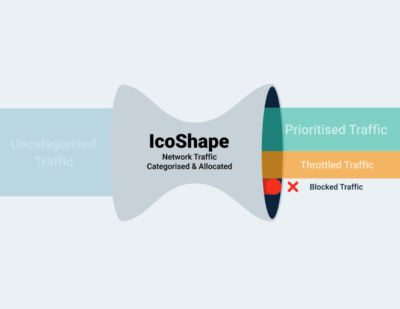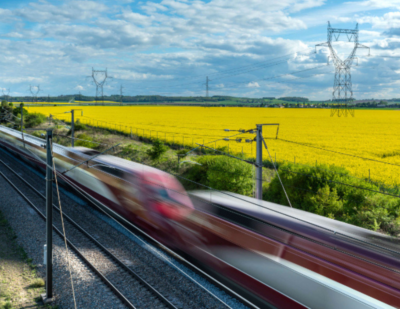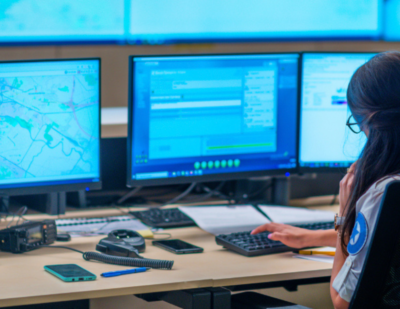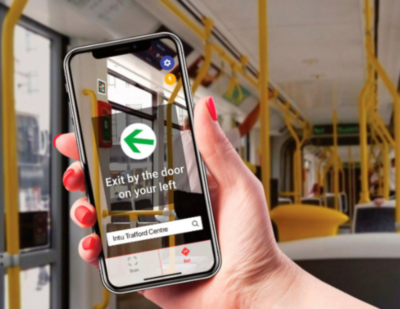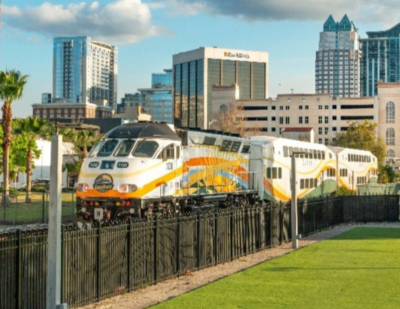The Federal Railroad Administration finalizes the push for safer and smarter journeys.
In October, the Federal Railroad Administration (FRA) released a Final Rule requiring the installation of inward- and outward-facing image recording devices on all passenger train lead locomotives providing scheduled intercity rail passenger or commuter services.
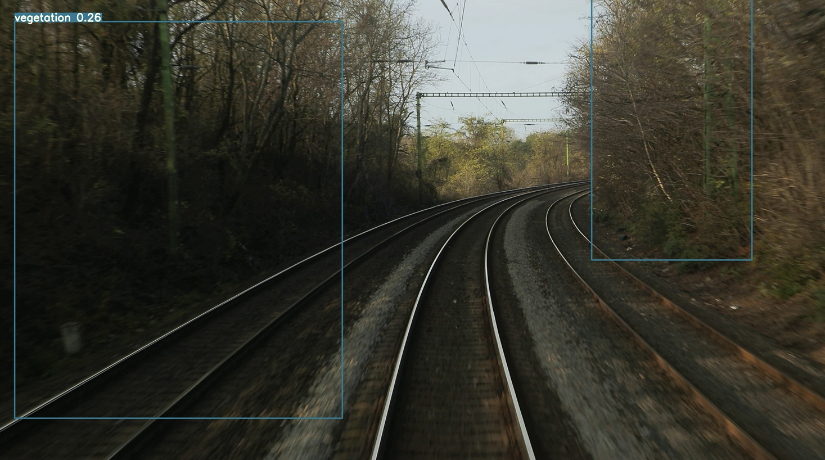
Under this Final Rule, all lead locomotives must have inward- and outward- facing cameras that, while in motion, will capture and retain the last twelve (12) hours of video and audio data. The Rule stipulates that the data must be contained in a crashworthy memory module, but adds that the FRA will consider proposals that allow data to be stored in the cloud, so long as the data is protected and stored on a secondary device on the locomotive, to create optimal redundancy and data protection.
The Rule also treats locomotive-mounted recording devices on passenger locomotives as “safety devices” under existing federal safety regulations to prohibit tampering with or disabling them. Agencies have until October 2027 to retrofit existing locomotives and comply with the new requirement. Beginning October 12, 2024, any locomotive image recording system installed on new, remanufactured, or existing passenger train lead locomotives must meet the specified requirements of this Rule, and any new commuter or passenger rail service will be required to fulfill the requirements immediately.
We are carefully examining this Rule to provide guidance to our intercity and commuter rail clients. Below are a few Q&As regarding the Rule and its impact.
Does the new Rule impact freight rail?
No, the Rule only applies to passenger rail and commuter rail providers.
I already have inward and outward facing recording devices; do I have to replace them?
Yes, most likely, the Rule includes numerous new requirements and technical specifications including picture quality and proper storage/transmission of data. The Rule does allow agencies to submit specs of existing equipment if said equipment meets the standards provided in the Rule.
Is there a process for approval?
Yes, the FRA outlines an approval process that all commuter and passenger rail carriers must go through. The application must be submitted to the FRA and approved by the FRA.
Can the FRA approve vendor products?
No, the FRA will only consider applications from rail providers directly.
Must data be stored in a crashworthy device?
No, the FRA provides a process that allows agencies to use products that store data in the cloud or some other location. However, in the approval process, the agency must provide a complete analysis and demonstrate how data will be safely transmitted and stored and provide contingencies for numerous situations to make sure data remains available.
How long do I have to comply?
- For existing locomotives or existing service, entities have until October 12, 2027 to comply.
- For new locomotives or new service, or when new inward/outward facing cameras are being installed, they must comply with the new Rule and specifications beginning October 12, 2024.
- Agencies have until January 12, 2024 to apply and certify existing equipment.
Is this different to the rulemaking process that started in 2019?
The rulemaking process was initiated in 2019 and was required to be completed as result of language included in the infrastructure package passed in 2022.
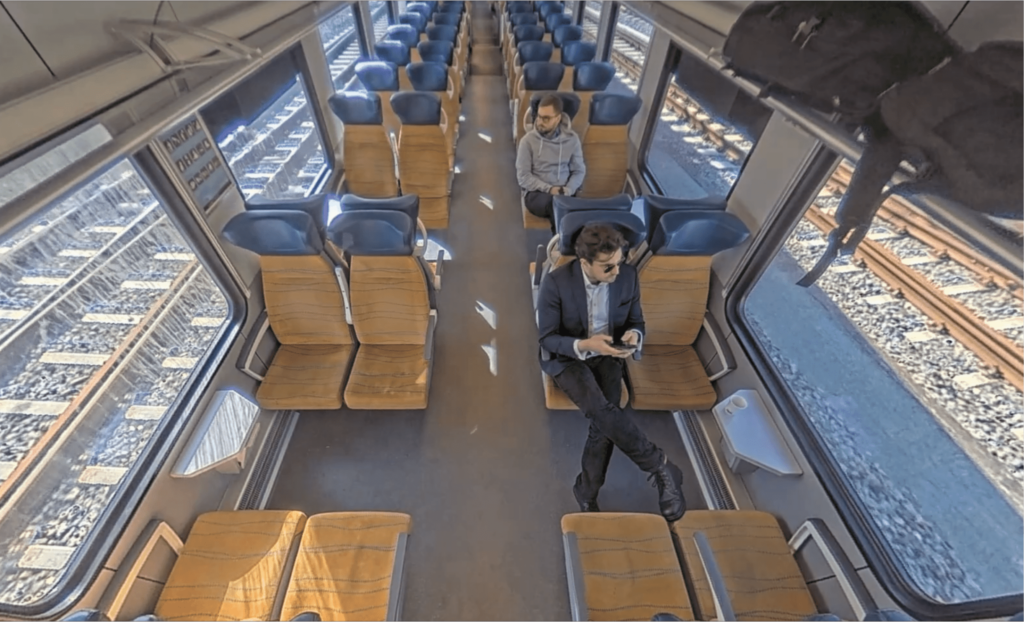
For many years we have been educating transportation agencies and authorities on the advantages – both for the operator and the passenger – of video surveillance.
Through our technology, operators can leverage a vehicle’s onboard Internet connectivity as a backbone for high-resolution digital video surveillance systems and video management software, providing a powerful and fully realized security solution.
Onboard video surveillance is a technology that has been in use for quite some time now on transit vehicles; as such, the overall solution is not necessarily considered unique. What is unique is the more recent transformation from analog systems to IP-based systems which give much more flexibility to the video surveillance system. For example, with a modern IP based solution, agencies can now stream live video while the vehicle is in operation. This is especially useful when combined with video analytics which can trigger an alarm if certain behaviors or objects are detected. These triggers or “alarms” can notify the Security Operations Control Center so that they can view the situation on the vehicle in real-time and take appropriate actions.
With IP-based video surveillance systems, it is possible to store video on-board and offload the video automatically when the vehicle is within range of a secure Wi-Fi signal either at a station or depot. This minimizes the need to send personnel onboard to retrieve hard drives.
“When incidents occur, the ability to access accurate footage is essential. Thankfully, video surveillance systems are becoming ever-more sophisticated, and enabling these systems to transmit images, audio and data wirelessly from the moving vehicle is helping lead to faster, more appropriate, and more proactive responses to incidents.”
We look forward to providing operators and OEM partners in the passenger and commuter rail space with a cost-effective and compliant solution. If you have questions on how we can work together, please contact me at [email protected] or Gabriel J. Lopez-Bernal at [email protected].
This article was originally published by Icomera.
